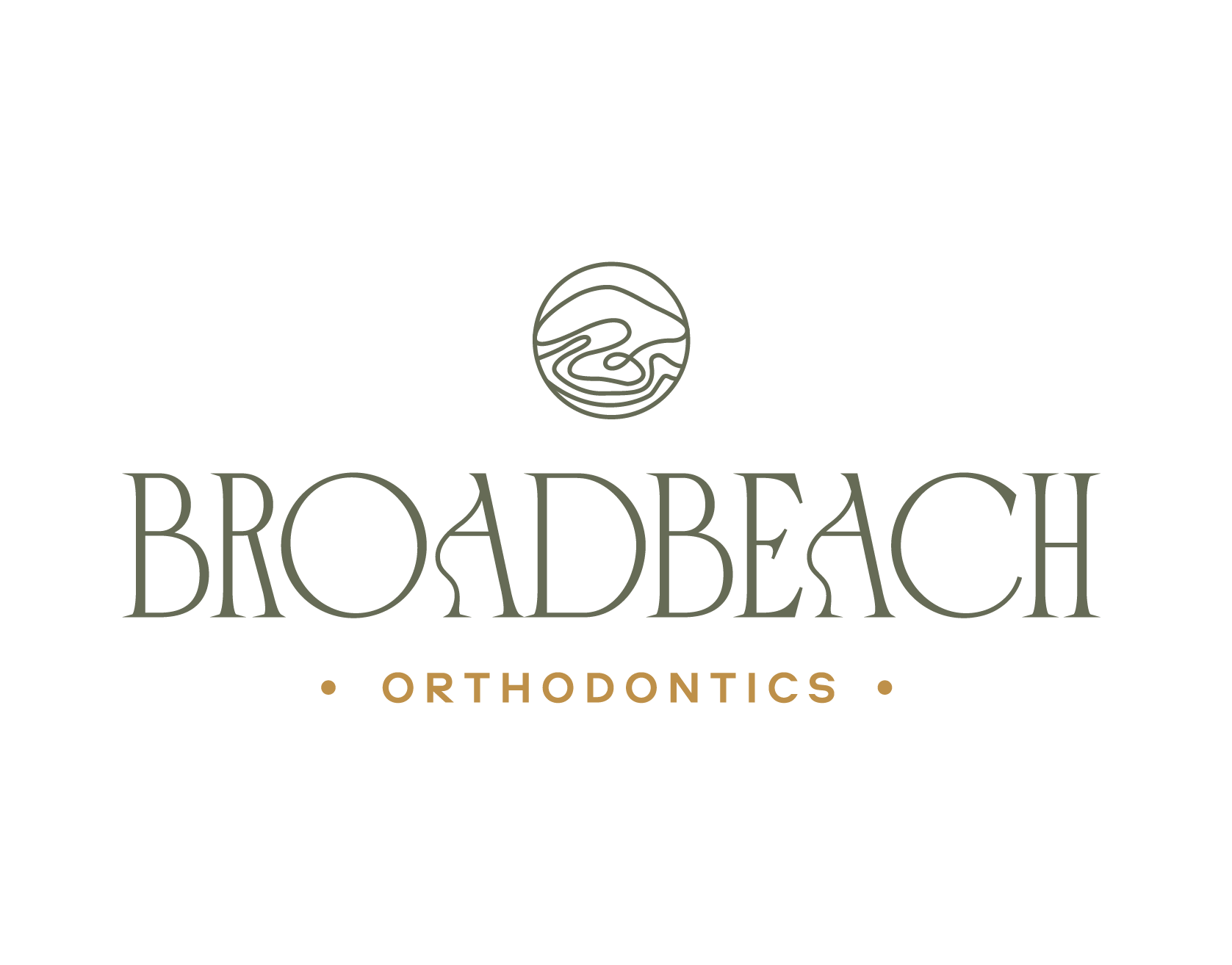Anterior Open Bites in Adults: Causes, Consequences, and Treatments
Introduction
An anterior open bite is a dental condition where the upper and lower front teeth do not touch when the mouth is closed. This creates a visible gap, which can affect both aesthetics and functionality. While this condition is often associated with childhood and adolescence, it can persist or even develop in adulthood. Understanding the causes, consequences, and treatment options for anterior open bites in adults is crucial for maintaining optimal oral health and a confident smile.
Causes of Anterior Open Bites in Adults
Anterior open bites can arise from a variety of factors, including:
1. Genetics
Genetic predisposition plays a significant role in the development of an anterior open bite. If one or both parents had this condition, their children are more likely to develop it as well.
2. Thumb Sucking and Tongue Thrusting
Persistent thumb sucking or tongue thrusting during childhood can lead to an anterior open bite. In some cases, these habits may continue into adulthood, exacerbating the condition.
3. Skeletal Issues
Abnormal jaw development, where the upper and lower jaws grow at different rates, can cause an anterior open bite. This skeletal discrepancy often requires more complex treatment.
4. Teeth Alignment Issues
Misalignment of the teeth, whether due to crowding or spacing, can contribute to an open bite. Improperly aligned teeth can prevent the front teeth from making contact.
5. Temporomandibular Joint (TMJ) Disorders
Problems with the temporomandibular joint can affect how the teeth come together, potentially leading to an anterior open bite.
Consequences of Anterior Open Bites
Leaving an anterior open bite untreated can result in several complications, including:
1. Difficulty Chewing and Speaking
The gap between the front teeth can make it challenging to bite and chew food properly. It can also affect speech, leading to issues like lisping.
2. Increased Wear on Teeth
The improper contact between the teeth can cause uneven wear, cracking of teeth due to increased pressures on back teeth, leading to tooth damage and increased sensitivity.
3. Gum Problems
An open bite can contribute to gum issues, such as gingivitis or periodontitis, due to the abnormal distribution of biting forces.
4. Aesthetic Concerns
Many individuals with an anterior open bite feel self-conscious about their appearance. This can impact their confidence and willingness to smile.
5. Jaw Pain and Discomfort
Misalignment of the teeth and jaws can lead to jaw pain, headaches, and discomfort in the temporomandibular joint.
Treatment Options for Anterior Open Bites
Treatment for an anterior open bite in adults can vary depending on the severity of the condition and its underlying causes. Common treatment options include:
1. Orthodontic Treatment
Braces or clear aligners can be used to gradually move the teeth into the correct position, closing the gap between the front teeth. In some cases, orthodontic treatment may need to be combined with other interventions such as temporary anchorage devices or TADs.
2. Orthognathic Surgery
For severe cases involving skeletal discrepancies, orthognathic surgery may be necessary. This procedure involves repositioning the jaws to achieve proper alignment.
3. Behavioural Therapy
If habits like tongue thrusting or thumb sucking are contributing to the open bite, behavioral therapy can help address these habits. Myofunctional therapy, which focuses on retraining the muscles involved in swallowing and speech, can be beneficial.
4. Dental Appliances
In some cases, dental appliances such as bite blocks or tongue cribs may be used to discourage harmful habits and promote proper alignment.
5. Restorative Dentistry
For adults with tooth wear or damage due to an open bite, restorative dental treatments like crowns or veneers may be necessary to repair the teeth and improve their function and appearance.
Conclusion
Anterior open bites in adults can significantly impact oral health and quality of life. Understanding the causes and consequences of this condition is the first step toward seeking effective treatment. With advances in orthodontics, surgery, and behavioural therapy, there are multiple pathways to achieving a healthier, more functional, and aesthetically pleasing smile. If you suspect you have an anterior open bite, consulting with a dental professional is crucial for determining the best course of action tailored to your specific needs.





